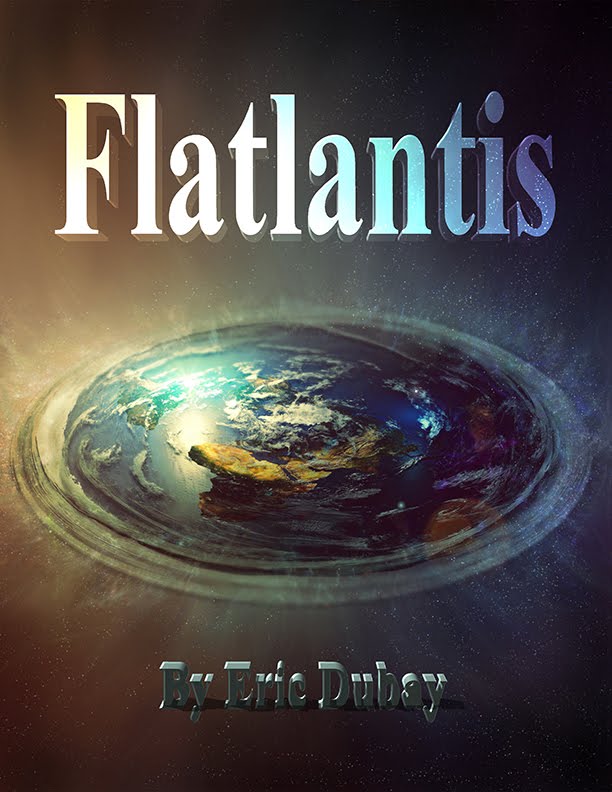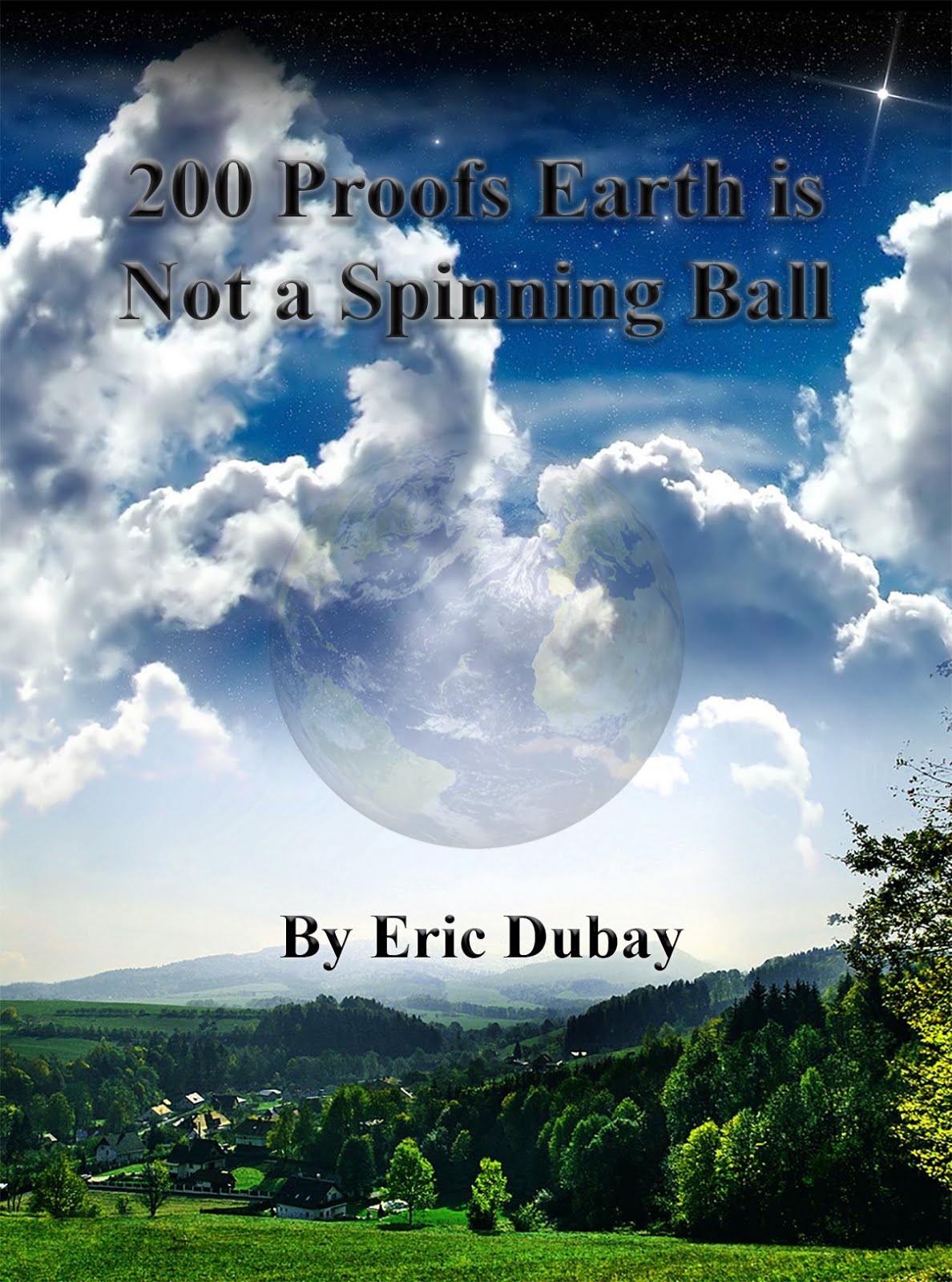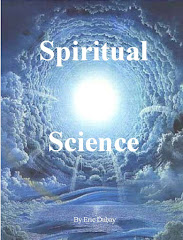NASA and modern astronomy maintain that the Moon is a solid, spherical, Earth-like habitation which man has actually flown to and set foot on. They claim the Moon is a non-luminescent planetoid which receives and reflects all its light from the Sun. The reality is, however, that the Moon is not a solid body, it is clearly circular, but not spherical, and not in any way an Earth-like planetoid which humans could set foot on. In fact, the Moon is largely transparent and completely self-luminescent, shining with its own unique light.
The Sun’s light is golden, warm, drying, preservative and
antiseptic, while the Moon’s light is silver, cool, damp, putrefying and
septic. The Sun’s rays decrease the combustion of a bonfire, while the
Moon’s rays increase combustion. Plant and animal substances exposed to
sunlight quickly dry, shrink, coagulate, and lose the tendency to
decompose and putrify; grapes and other fruits become solid, partially
candied and preserved like raisins, dates, and prunes; animal flesh
coagulates, loses its volatile gaseous constituents, becomes firm, dry,
and slow to decay. When exposed to moonlight, however, plant and animal
substances tend to show symptoms of putrefaction and decay.
In direct sunlight a thermometer will read higher than another thermometer placed in the shade, but in full, direct moonlight a thermometer will read lower than another placed in the shade. If the Sun’s light is collected in a large lens and thrown to a focus point it can create significant heat, while the Moon’s light collected similarly creates no heat. In the “Lancet Medical Journal,” from March 14th, 1856, particulars are given of several experiments which proved the Moon’s rays when concentrated can actually reduce the temperature upon a thermometer more than eight degrees.
“The sun’s light, when concentrated by a number of plane or concave mirrors throwing the light to the same point; or by a large burning lens, produces a black or non-luminous focus, in which the heat is so intense that metallic and alkaline substances are quickly fused; earthy and mineral compounds almost immediately vitrified; and all animal and vegetable structures in a few seconds decomposed, burned up and destroyed. The moon’s light concentrated in the above manner produces a focus so brilliant and luminous that it is difficult to look upon it; yet there is no increase of temperature. In the focus of sun-light there is great heat but no light. In that of the moon’s light there is great light but no heat.”-Dr. Samuel Rowbotham, “Zetetic Astronomy, Earth Not a Globe!” (144)
“Light which is reflected must necessarily be of the same
character as that which causes the reflection, but the light of the Moon
is altogether different from the light of the Sun, therefore the light
of the Moon is not reflected from the Sun. The Sun’s light is red and
hot, the Moon’s pale and cold -the Sun’s dries and preserves certain
kinds of fish and fruit, such as cod and grapes, for the table, but the
Moon’s turns such to putrefaction -the Sun’s will often put out a coal
fire, while the Moon’s will cause it to bum more brightly -the rays of
the Sun, focused through a burning-glass, will set wood on fire, and
even fuse metals, while the rays of the Moon, concentrated to the
strongest power, do not exhibit the very slightest signs of heat. I have
myself long thought that the light of the Moon is Electric, but, be
that as it may, even a Board School child can perceive that its light is
totally unlike that of the Sun.”-David Wardlaw Scott, “Terra Firma”(151-2)
So sunlight and moonlight clearly have altogether different
properties, and furthermore the Moon itself cannot physically be both a
spherical body and a reflector of the Sun’s light! Reflectors must be
flat or concave for light rays to have any angle of incidence; If a
reflector’s surface is convex then every ray of light points in a direct
line with the radius perpendicular to the surface resulting in no
reflection.
“Again, if the Moon is a sphere, which it is declared to be,
how can its surface reflect the light of the Sun? If her surface was a
mass of polished silver, it could not reflect from more than a mere
point! Let a silvered glass ball or globe of considerable size be held
before a lamp or fire of any magnitude, and it will be seen that instead
of the whole surface reflecting light, there will be a very small
portion only illuminated. But the Moon‟s whole surface is brilliantly
illuminated! A condition or effect utterly impossible if it be spherical.” -Dr. Samuel Rowbotham, “Earth Not a Globe, 2nd Edition” (97)
The Bible also confirms that the Moon is self-luminescent and not a
mere reflector of sunlight in Genesis 1:16 where it states that “God
made two great luminaries, the greater luminary to rule the day, and the
lesser luminary to rule the night.”
Not only is the Moon clearly self-luminescent, shining its own unique light, but it is also largely transparent! NASA photoshoppers claim the Moon is a dark spherical planetoid, yet with our own eyes or through a telescope we can see it is actually a bright, circular, semi-transparent luminary. On a clear night, during a waxing or waning cycle, it is even possible to occasionally see stars and planets directly through the surface of the Moon!
On
March 7th, 1794, four astronomers (3 in Norwich, 1 in London) wrote in
“The Philosophical Transactions of the Royal Astronomical Society” that
they “saw a star in the dark part of the moon, which had not then
attained the first quadrature; and from the representations which are
given the star must have appeared very far advanced upon the disc.” Sir
James South of the Royal Observatory in Kensington wrote in a letter to
the Times newspaper April 7, 1848, that, “On the 15th of March,
1848,when the moon was seven and a half days old, I never saw her
unillumined disc so beautifully. On my first looking into the telescope a
star of about the 7th magnitude was some minutes of a degree distant
from the moon’s dark limb. I saw that its occultation by the moon was
inevitable … The star, instead of disappearing the moment the moon’s
edge came in contact with it, apparently glided on the moon’s dark face,
as if it had been seen through a transparent moon; or, as if a star
were between me and the moon … I have seen a similar apparent projection
several times … The cause of this phenomenon is involved in
impenetrable mystery.” In the monthly notices of the Royal Astronomical
Society for June 8, 1860, Thomas Gaunt stated that the “Occultation of
Jupiter by the moon, on the 24th of May, 1860, was seen with an
achromatic of 3.3 inches aperture, 50 inches focus; the immersion with a
power of 50, and the emersion with a power of 70. At the immersion I
could not see the dark limb of the moon until the planet appeared to
touch it, and then only to the extent of the diameter of the planet; but
what I was most struck with was the appearance on the moon as it passed
over the planet. It appeared as though the planet was a dark object,
and glided on to the moon instead of behind it; and the appearance
continued until the planet was hid, when I suddenly lost the dark limb
of the moon altogether.”
I have personally also seen stars through the edge of the
waxing/waning Moon. It actually happens fairly often; if you are
diligent and specifically observing for the phenomenon on starry nights
you can occasionally see it even with the naked eye.
“During a partial solar eclipse the sun’s outline has many
times been seen through the body of the moon. But those who have been
taught to believe that the moon is a solid opaque sphere, are ever ready
with ‘explanations,’ often of the most inconsistent character, rather
than acknowledge the simple fact of semi-transparency. Not only has this
been proved by the visibility of the sun’s outline through segments,
and sometimes the very centre of the moon, but often, at new moon, the
outline of the whole, and even the several shades of light on the
opposite and illuminated part have been distinctly seen. In other words
we are often able to see through the dark side of the moon’s body to
light on the other side.”-Dr. Samuel Rowbotham, “Zetetic Astronomy, Earth Not a Globe!” (337)
“That the moon is not a perfectly opaque body, but a
crystallized substance, is shown from the fact that when a few hours old
or even at quarter we can through the unilluminated portion see the
light shining on the other side. Stars have also been observed through
her surface!”-J. Atkinson, “Earth Review Magazine”
A Star occulting a crescent Moon has long been a popular symbol of Islam, was the symbol of the Ottoman Empire, it is found on the flags of Algeria, Azerbaijan, Libya, Malaysia, Mauritania, Pakistan, Singapore, Tunisia, Turkey, and in the Coat of Arms of countries from Croatia, to Germany, Ireland, Poland, Portugal, Romania, Sweden, Ukraine and the United Kingdom. Its origins can be traced back thousands of years to ancient Hindu culture where it is found in the symbol for the word “Om,” the primary name for the almighty, representing the union of god Shiva and goddess Shakti. Why the symbol has carried such widespread historical significance is open to interpretation, but regardless of interpretation, the image of star(s) occulting the Moon has long been a prevalent and meaningful picture.
That stars and planets have been seen through
the Moon is a fact, but to this day NASA, modern astronomy and a world
full of brainwashed heliocentrists maintain that the Moon is a
spherical, Earth-like habitation capable of landing spaceships on. They
claim the Moon (and Mars for that matter!) are habitable desert planets,
much like Star Wars’ Tatooine, Dune’s Arrakis and other such imaginary
science-fiction worlds. Since long before the staged Apollo“Moon
landings” these Masonic Sun-worshipping heliocentrists have been
claiming the Moon to be a solid planetoid complete with plains,
plateaus, mountains, valleys and craters though nothing of the sort can
be discerned even using the best telescopes.
“Astronomers have indulged in imagination
to such a degree that the moon is now considered to be a solid, opaque
spherical world, having mountains, valleys, lakes, or seas, volcanic
craters, and other conditions analogous to the surface of the earth. So
far has this fancy been carried that the whole visible disc has been
mapped out, and special names given to its various peculiarities, as
though they had been carefully observed, and actually measured by a
party of terrestrial ordinance surveyors. All this has been done in
direct opposition to the fact that whoever, for the first time, and
without previous bias of mind, looks at the moon’s surface through a
powerful telescope, is puzzled to say what it is really like, or how to
compare it with anything known to him. The comparison which may be made
will depend upon the state of mind of the observer. It is well known
that persons looking at the rough bark of a tree, or at the irregular
lines or veins in certain kinds of marble and stone, or gazing at the
red embers in a dull fire will, according to the degree of activity of
the imagination, be able to see many different forms, even the outlines
of animals and of human faces. It is in this way that persons may fancy
that the moon’s surface is broken up into hills and valleys, and other
conditions such as are found on earth. But that anything really similar
to the surface of our own world is anywhere visible upon the moon is
altogether fallacious.”-Dr. Samuel Rowbotham, “Zetetic Astronomy, Earth Not a Globe!” (335)






















